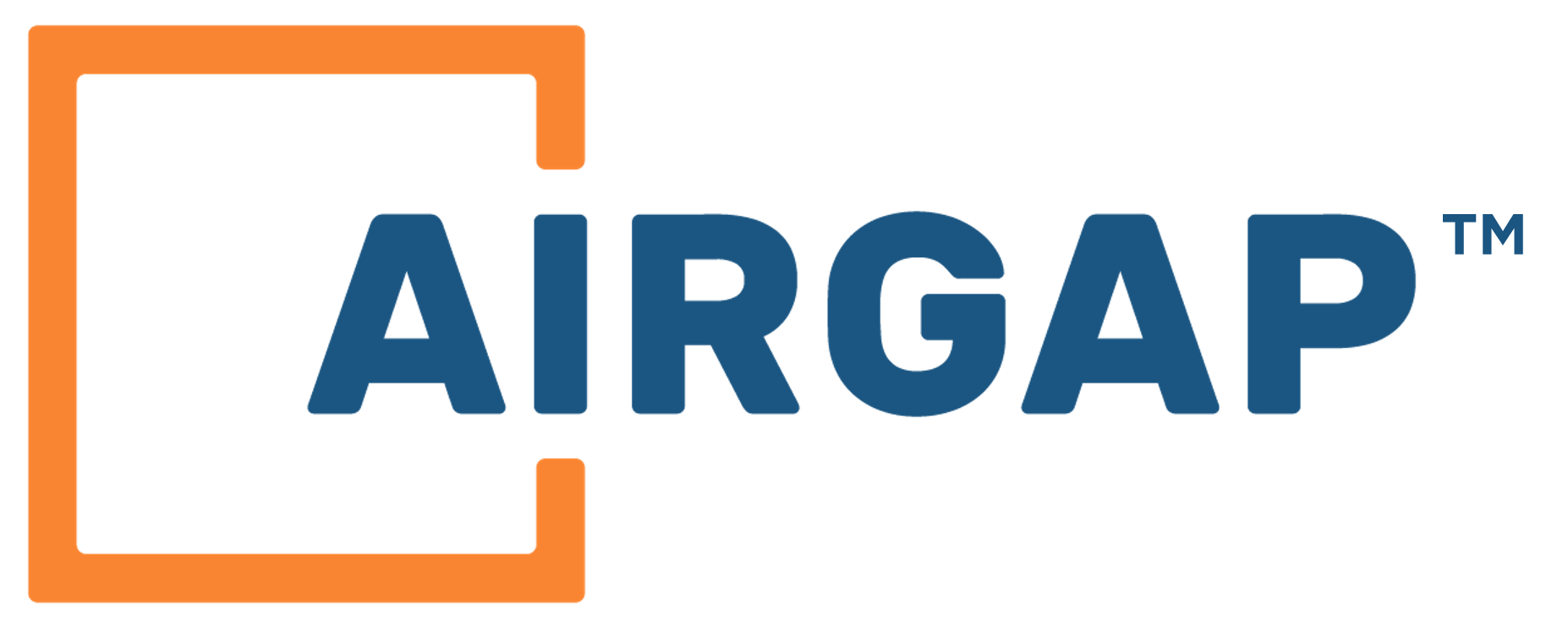AIRGAP NETWORKS SUPPORT AND MAINTENANCE AGREEMENT
Airgap Networks, Inc. (“Airgap”) is the owner of the Airgap Platform which includes but is not limited to: Zero Trust Network Segmentation, Zero Trust Secure Access, Asset Intelligence, Network Observability any associated software, media, printed or electronic documentation, and updates for the software (collectively, the “Airgap Platform”). Under the terms of this Agreement, Airgap shall provide support to Customer throughout the term of the Airgap Enterprise License Agreement. Airgap may amend this Support and Maintenance Agreement at any time. Upon such amendment either Airgap or its authorized partners may notify its Customers to refer to the amended contract at: www.airgap.io/supportterms
1. TECHNICAL ADMINISTRATION.
Customer will designate up to three members of its staff to be the “Technical Support Engineer(s)”.
Customer’s Technical Support Engineer(s) will be the technical contact for the ongoing relationship between the parties. Airgap will provide Customer’s Technical Support Engineer(s) with email and online support for the Airgap Platform through Airgap’s customer support group (“Airgap Customer Support”).
Email and online support of the Airgap Platform shall be provided to the Customer for Level 1, 2 and 3 issues.
2. ESCALATION SCHEDULE AND PROCEDURE.
All support issues from Customer will be consolidated by Customer’s Technical Support Engineer(s) and then directed to Airgap Customer Support. Calls received from Customer’s users will be referred to Customer’s Technical Support Engineer(s).
Prior to reporting the problem to Airgap, Customer should be able to provide a detailed characterization of the problem. Customer is responsible for assuring that it either owns or has the legal right to provide any confidential information that may be included as part of the problem being reported.
The Airgap Customer Support representative and Customer Technical Support Engineer will mutually determine priority and formulate action plans. Action plans may include referral to the test or development engineering organizations as required.
3. SUPPORT LEVELS.
Airgap shall provide Levels 1, 2, and 3 support to Customer’s Technical Support Engineer(s). Support levels and related issues are described below:
- Level 1:
Customer use and configuration licensing
Documentation issues
Software installation and troubleshooting
Patches/fixes available from Airgap
Level 2: Interoperability and compatibility with third-party software or drivers
Level 3: Bug fixes
4. VERSIONING
Airgap will use commercially reasonable efforts to ensure that each Enhancement of the Airgap Platform contains functionality making it backwards compatible with each prior version.
Unless otherwise agreed upon in writing, Airgap provides support for the current generally available (GA) version, plus the two (2) minor versions preceding the GA version (as indicated by a ‘dot’ version where ‘y’ is considered the dot version in the format ‘x.y.z’). For example, if the current GA version is 4.1.3, the prior minor version is 4.0.x, and if the latest 3.x version was 3.4.2, then 3.4.x is supported (but not 3.3.x and earlier).
5. DOCUMENTATION
Airgap will provide Customer the standard technical documentation and electronic tools (such as online support databases and/or forums) used to support Airgap’s customers of the Licensed Software.
6. SECURITY DESCRIPTION
Airgap Customer Support will use every reasonable effort to respond to Customers with an acknowledgement of the error after receiving Customer’s initial notification per the time chart below (“Response Time”).
Airgap will make diligent efforts to provide a fix or workaround within the days indicated below (“Remedy”).
If no solution has been found within this time, Airgap Customer Support will develop an action plan and present it to the Customer within the days listed below from the initial notification of the error (“Action Plan”).
Airgap and Customer will use the definitions below for classification of severity levels, description, response time, remedy, an action plan:

7. PLATFORM DEFICIENCY VS. PLATFORM ENHANCEMENT
For purposes of the actions to be performed pursuant to this Exhibit, it is necessary to delineate between a Platform deficiency and a Platform enhancement.
A Platform deficiency may be related to the product specification, not its implementation (i.e. Platform performs according to specification, but enhancements are desired).
The parties acknowledge that Customers will use the Airgap’s Platform with third-party applications, and that while Airgap makes efforts to render support assistance with commonly used applications, Airgap cannot give support with respect to third-party application issues or support every application. Accordingly, to the extent that the Customer support issue is not timely resolved, Customer may escalate any such issue by notice to Airgap.
Within five (5) business days of Airgap’s receipt of such notice, Airgap agrees to have an Airgap executive meet with a Customer executive, which meeting may occur in person or via telephone, to discuss the situation and to mutually and promptly assess the best course of action with respect to the Customer’s issue.
Neither Party will be obligated to create enhancements for any reason, except at its sole discretion. Enhancements are assigned different levels of priority as shown below:

8. SUPPORT PROCESS AND COVERAGE LEVELS.
Customer’s Technical Support Engineer(s) will open a ticket with Airgap Customer Support.
An Airgap Customer Support Representative will be available based on the level of support purchased (Enterprise or Platinum).
Customer Support will verify all the information, determine if the ticket is eligible for Support, as that term is defined herein, and that the problem is not in the development defect tracking database.
Once Airgap Customer Support has verified that the problem is not already in the database and all information is available from Customer, the problem will be entered into Airgap’s database.
Support coverage levels:

